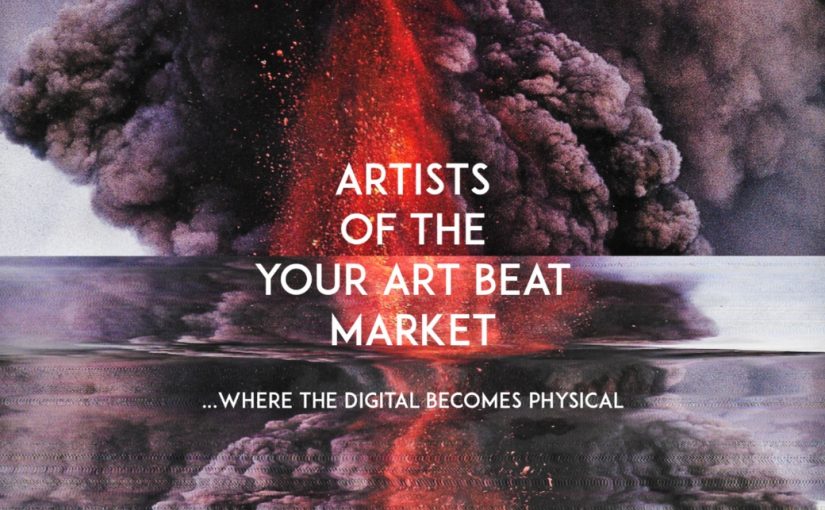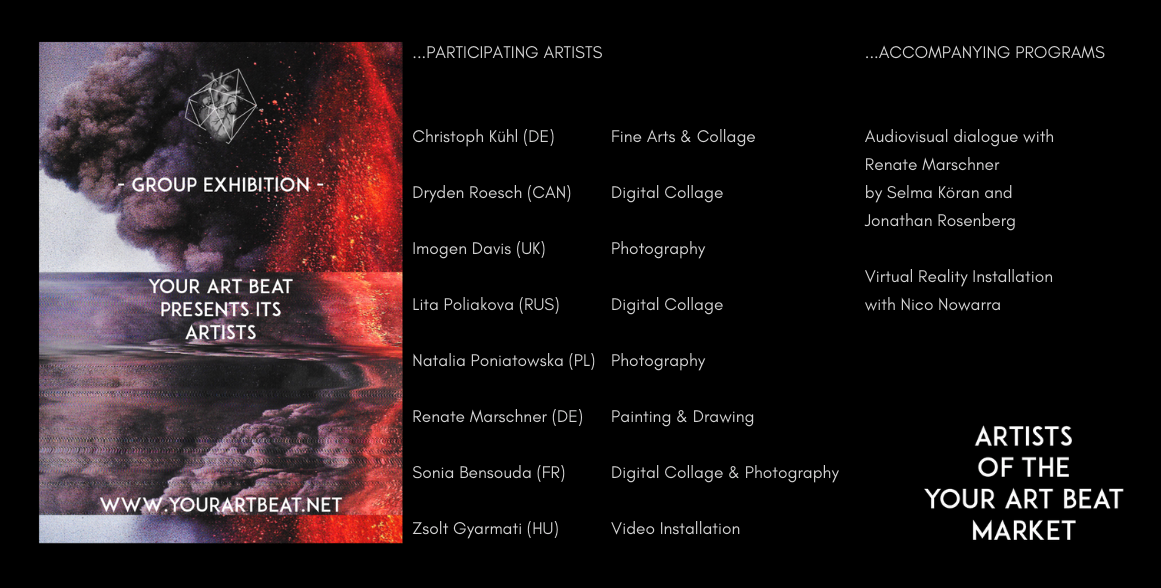THE NEW EXHIBITION BY YOUR ART BEAT:
FORGIVE ME FATHER FOR I HAVE SINNED.
Scourges of Humanity – Are it the external circumstances that cause feelings of oppression and pain, or do we inflict most torment and suffering on ourselves?
And which pain is worth suffering for and which is merely an absurd construct arising from sadomasochistic individualism?
The exhibition SCOURGES OF HUMANITY does not only focus on the dark aspects of the topic – it also aims to demonstrate constructive, empowering and humorous perspectives through warm-hearted confrontation and interactive elements.
YOUR ART BEAT seeks to provide a safe space and to encourage participants to critically question the existing “varieties of reality”. Through collective reflection, we hope to adopt more peaceful attitudes and derive optimistic impulses for the future.
…probably we could suffer less?
What to expect at the Vernissage?
Art, Sounds and Drinks! Besides exhibition and the sales of the artworks, the event offers a live program and bar service.
Where can you find us?
Am Flutgraben 3, 12435 Berlin
When will the exhibition be?
22.08. // Vernissage 07:00 pm
23.-24.08. // Open from 06:00 pm
25.08. // Finissage 03:00 pm
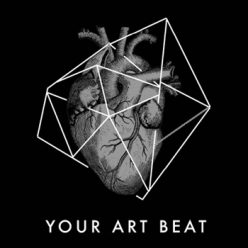


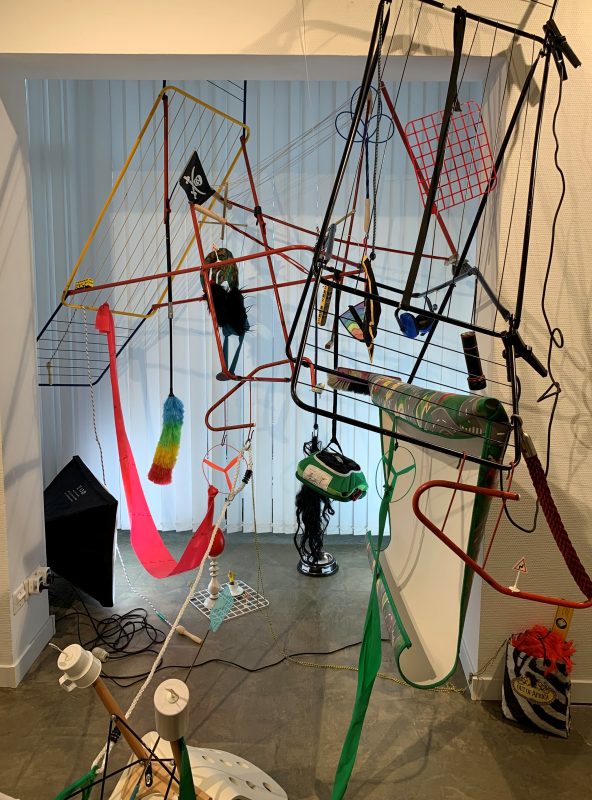 Susanne Britz has focused on photographs, pigment prints, and installations of everyday objects. The working process behind these works is exciting and is based on each other, so Susanne Britz runs through different phases during her creative process: it probably starts with an idea, then a spatial installation follows. Here she uses everyday objects from the household, sports equipment, tools from the studio or children’s toys. Once the installation is finished, she takes a photo of this work. Afterward, the photo gets digitally overdrawn.
Susanne Britz has focused on photographs, pigment prints, and installations of everyday objects. The working process behind these works is exciting and is based on each other, so Susanne Britz runs through different phases during her creative process: it probably starts with an idea, then a spatial installation follows. Here she uses everyday objects from the household, sports equipment, tools from the studio or children’s toys. Once the installation is finished, she takes a photo of this work. Afterward, the photo gets digitally overdrawn.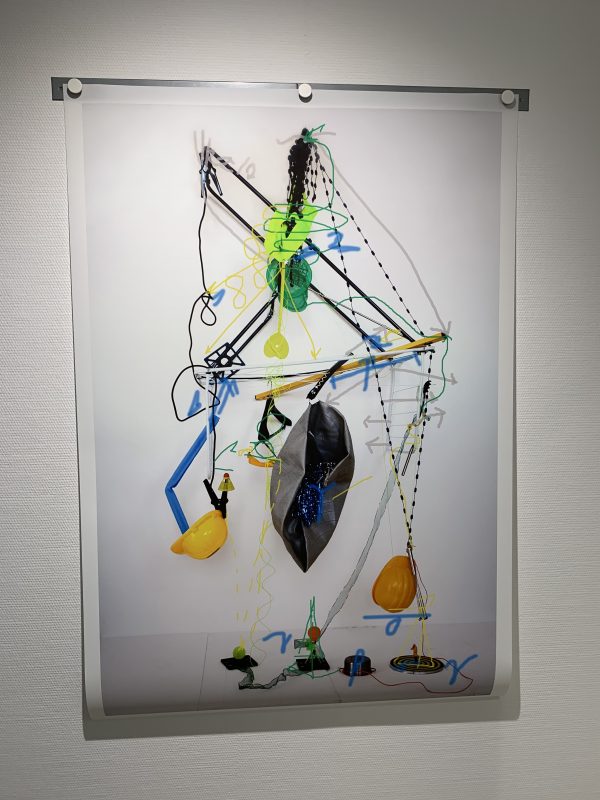 I like the strong colors and the general idea behind this artwork. It’ s funny to see all the things and to realize what you can do with everyday objects.
I like the strong colors and the general idea behind this artwork. It’ s funny to see all the things and to realize what you can do with everyday objects.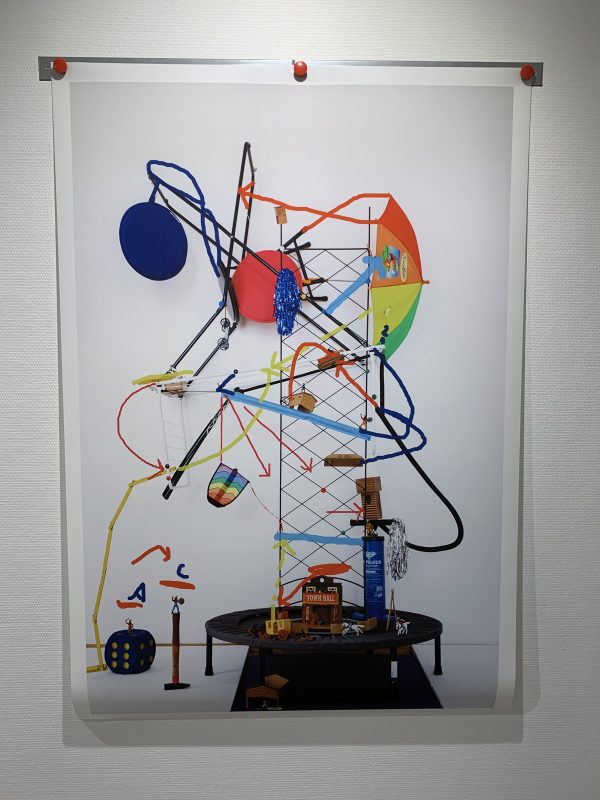 #stayhome
#stayhome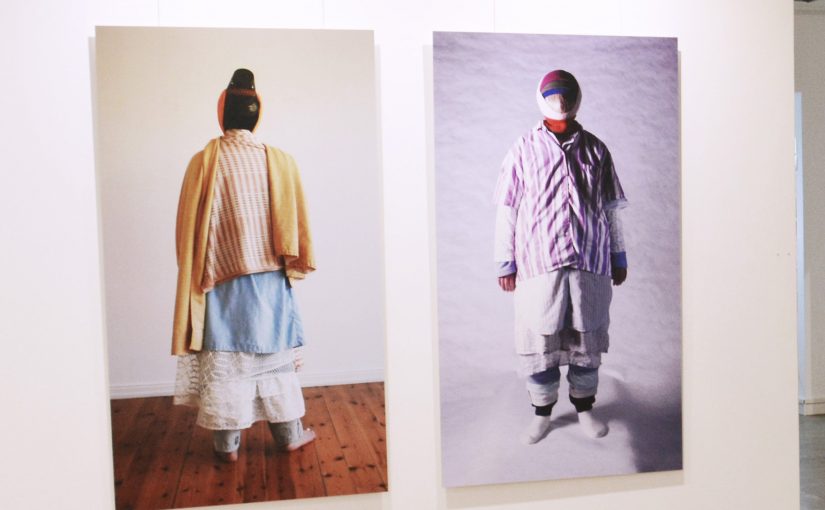
 What do I see immediately? Two people wearing different textiles and always several of them. The textiles look like old towels, shirts, tablecloths or window curtains. In both pictures, the faces are covered. In my opinion, this gives the photographs anonymity and something mysterious.
What do I see immediately? Two people wearing different textiles and always several of them. The textiles look like old towels, shirts, tablecloths or window curtains. In both pictures, the faces are covered. In my opinion, this gives the photographs anonymity and something mysterious.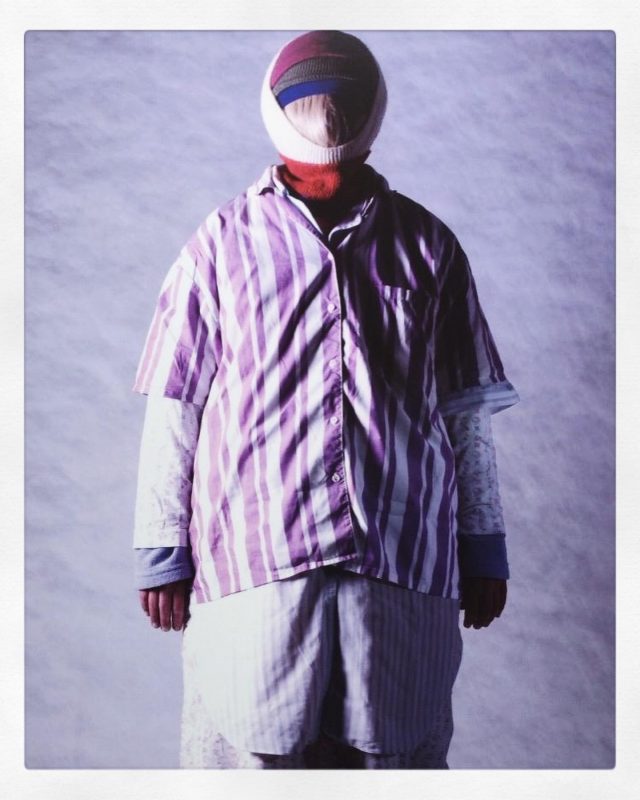 I take a look at the titles of the photographs. They are called “Strangers 1” and “Strangers 2”. The exhibition has the title “transformer” and the gallery manager Eva Hübner tells me that the textiles are garments. Clothes that were once worn by the artist’s mother and grandmother. Several generations are thus connected, quite inconspicuously. Thus the photos express the following for me: Even if some of them are no longer with us, we still carry them with us throughout our lives. They are a part of us.
I take a look at the titles of the photographs. They are called “Strangers 1” and “Strangers 2”. The exhibition has the title “transformer” and the gallery manager Eva Hübner tells me that the textiles are garments. Clothes that were once worn by the artist’s mother and grandmother. Several generations are thus connected, quite inconspicuously. Thus the photos express the following for me: Even if some of them are no longer with us, we still carry them with us throughout our lives. They are a part of us.